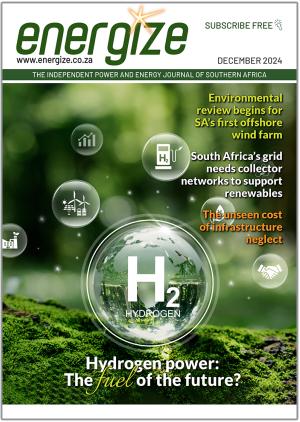Research indicates that demand for hydrogen is surpassing clean production, turning it into more of a climate issue than a solution.
Global demand for hydrogen hit 95 million metric tons in 2022. Of this demand, only 0,7% was low-emission hydrogen, MIT Technology Review reports. While clean hydrogen production is forecasted to reach 38 million metric tons by 2030, it will lag behind demand, which is expected to reach 150 million metric tons.
Hydrogen is a popular decarbonisation tool because it can be used throughout the energy sector – from fuel cells to combustion engines.
Researchers highlight that, while the energy carrier has many uses, some sectors need clean hydrogen more than others. Michael Liebreich, founder of BloombergNEF, has developed the Hydrogen Ladder 5.0 to rank hydrogen use.
The top rungs of the ladder feature “unavoidable” uses where no or few alternative technologies (for example, biomass and biogas) are available as in fertiliser, hydrogenation, hydrocracking, desulphurisation, shipping and aviation. The lower tiers list uses for which alternative decarbonisation options are already available via electricity or batteries, for example in powering cars.
MIT warns that dependence on hydrogen as a powerful generation tool to decarbonise all sectors will result in a level of demand that cannot be met by clean hydrogen production. Experts recommend considering which sectors will benefit from the low-emission fuel.
In the debate about hydrogen’s role in combating climate change, experts suggest it will likely find specific niches rather than serve as a universal solution.















